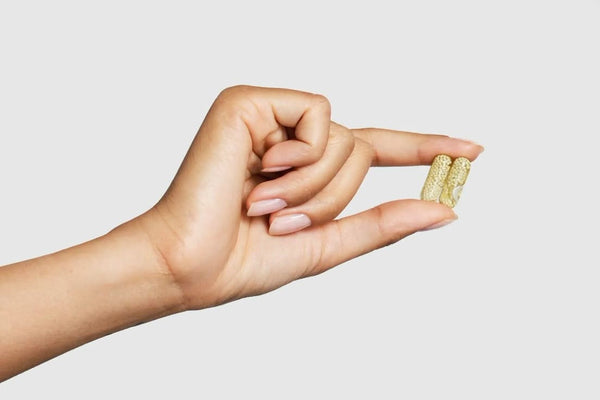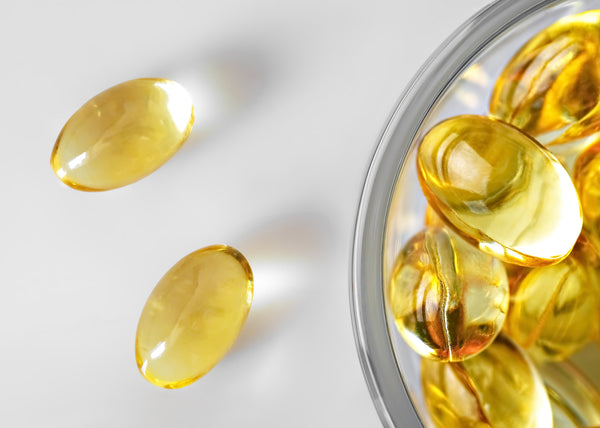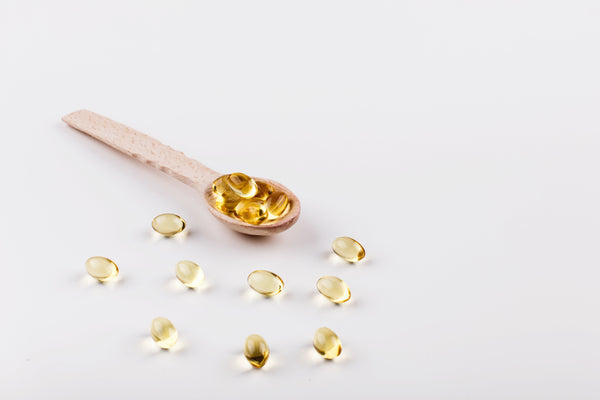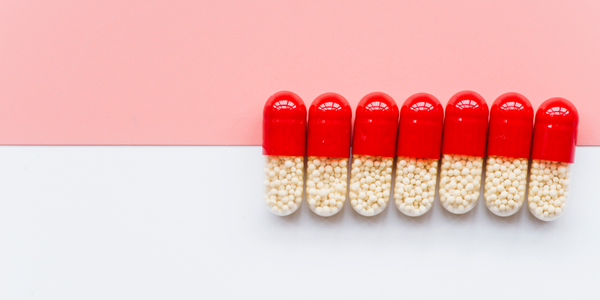Grandma's home remedies are rightfully considered a treasure. Those remedies include the old-age herbs that are very precious and come with a plethora of uses. And mulethi/licorice is one of the most effective among them, which is quite popular in Indian culture.
Mulethi comes with a unique sweetness that makes it a good flavoring or sweetening agent. But apart from that, it is widely used in medications. And that is because of the amazing health benefits that it has to offer. Want to know what those benefits are? Read along.
What are the Benefits of Including Mulethi in Daily Life?
Licorice or mulethi consists of several powerful compounds with antiviral and antimicrobial properties. Here's how these compounds and mulethi, in general, are beneficial for use in daily life: -

1. Helps with Digestion
Mulethi has excellent digestive properties. Its consumption helps reduce bloating or flatulence by preventing gas formation in the digestive tract. Moreover, licorice powder or churna consumption helps increase appetite, thus, solving the problem of indigestion.
Because of the high fibre content in mulethi, it is a perfect remedy for the problem of constipation. Additionally, mulethi enhances the absorption in your body, which is probably the best benefit it offers.
2. Helps With Skin Improvement and Skin Issues
Mulethi is formed of hundreds of compounds filled with antiviral, anti-bacterial, anti-fungal, and anti-inflammatory properties. These properties make it an excellent ingredient for improving skin conditions like eczema, atopic dermatitis, and acne. Also, it consists of UV blocking enzymes that protect your skin from sun damage.
Scars from skin injuries or acne can take a long time to fade away. Consumption or application of mulethi powder, however, can help reduce the appearance of the scars to a minimum. It further increases the brightness and improves skin's texture and overall health.
3. Helps With Respiratory Issues
Many Indian classical singers prefer consuming mulethi in some other form as it helps improve their voice and soothes their throat. All this is because of the anti-asthmatic, anti-inflammatory, and antibiotic properties of the root. Mulethi is also a wonderful remedy for cough, sore throat, flu and helps deal with inflammation in the bronchial tubes.
Microbes are the reason for thick mucus lining that leads to cough and cold. However, mulethi has the power to clear these microbes, prevent mucus, cough, and other common respiratory infections.
4. Helps Build Immunity
There are various components in your body that comprise your immune system. Out of those, macrophages and lymphocytes are the two that are charged up when you consume mulethi. It is done by an enzyme present in the wonderful root that kicks a range of infection-causing microbes and allergens out of the body.
Regular consumption of mulethi in the form of mulethi tea or however you prefer will help in boosting immunity and providing protection to your body from infections and bacteria. Mulethi also comes with great anti-cancer properties as its compounds slow down cancer cell growth in the skin, collateral, and breast.
What are the Different Ways of Consuming Mulethi?
Mulethi can be used and consumed in a variety of ways. Let us discuss them below: -
Mulethi Powder – You can mix milk or rose water with mulethi powder and apply it evenly on your skin for skin brightening, acne, and acne scars. And for kids, you can mix a spoon of mulethi powder with a spoonful of honey to treat colds and coughs.
Mulethi Tea – Mulethi tea is a perfect way to detoxify and soothe your throat and lose weight. All you gotta do is take a small piece of licorice root, water, and grated ginger. Let this mix simmer for around five minutes, so the water gets in all the beneficial nutrients and flavors from the roots. You can also add milk & sugar or drink the mixture as it is.
Mulethi Sticks – One of the simplest ways of getting the benefits of Mulethi is to chew its sticks. It will help clear congestion and even keep away the breath.
Grandma's Kadha – If you do not want to consume a Mulethi stick directly or in the form of tea, Grandma's Kadha might be the right option for you then. What is Grandma’s Kadha? Read along to find out.
Grandma's Kadha – What's in It?
Grandma's Kadha is a wonderful Ayurveda-inspired drink with the benefits of thirteen magical ingredients, including mulethi. It comes with immunity-boosting properties that will help you keep the infections at bady.
All you need to do to consume it is drop the tablet in 250ml of hot water and wait for a few seconds for it to dissolve, and voila. You are done. Just sip it slowly and experience the benefits.
This is also an essential ingredient in Melts Throat Relief, which provides instant relief from cough symptoms by simply placing an oral thin strip on one’s tongue. Courtesy of the sublingual delivery system that these thin strips embody, they instantly dissolve in the mouth with the nutrients entering into the bloodstream immediately.
Conclusion
In a time when our world is exposed to several viruses and infections, it is important to keep yourself safe and protected. Consumption and usage of Mulethi in real life can make a huge difference in protecting you and increasing your immunity. So, make sure you inculcate mulethi in your everyday life, be it in the form of mulethi tea, kadha, and ofcourse Grandma's Kadha.
References
Pastorino, G., Cornara, L., Soares, S., Rodrigues, F., & Oliveira, M. (2018). Liquorice (Glycyrrhiza glabra): A phytochemical and pharmacological review. Phytotherapy research : PTR, 32(12), 2323–2339. https://www.ncbi.nlm.nih.gov/pmc/articles/PMC7167772/
Ciganović, P., Jakimiuk, K., Tomczyk, M., & Zovko Končić, M. (2019). Glycerolic Licorice Extracts as Active Cosmeceutical Ingredients: Extraction Optimization, Chemical Characterization, and Biological Activity. Antioxidants (Basel, Switzerland), 8(10), 445. https://www.ncbi.nlm.nih.gov/pmc/articles/PMC7168306/
Hoffmann, J., Gendrisch, F., Schempp, C. M., & Wölfle, U. (2020). New Herbal Biomedicines for the Topical Treatment of Dermatological Disorders. Biomedicines, 8(2), 27. https://www.ncbi.nlm.nih.gov/pmc/articles/PMC7168306/
Wang, L., Yang, R., Yuan, B., Liu, Y., & Liu, C. (2015). The antiviral and antimicrobial activities of licorice, a widely-used Chinese herb. Acta pharmaceutica Sinica. B, 5(4), 310–315. https://www.ncbi.nlm.nih.gov/pmc/articles/PMC4629407/
Ayeka, P. A., Bian, Y., Githaiga, P. M., & Zhao, Y. (2017). The immunomodulatory activities of licorice polysaccharides (Glycyrrhiza uralensis Fisch.) in CT 26 tumor-bearing mice. BMC complementary and alternative medicine, 17(1), 536. https://www.ncbi.nlm.nih.gov/pmc/articles/PMC5732493/
Murray M. T. (2020). Glycyrrhiza glabra (Licorice). Textbook of Natural Medicine, 641–647.e3. https://www.ncbi.nlm.nih.gov/pmc/articles/PMC7348626/
Omar, H. R., Komarova, I., El-Ghonemi, M., Fathy, A., Rashad, R., Abdelmalak, H. D., Yerramadha, M. R., Ali, Y., Helal, E., & Camporesi, E. M. (2012). Licorice abuse: time to send a warning message. Therapeutic advances in endocrinology and metabolism, 3(4), 125–138. https://www.ncbi.nlm.nih.gov/pmc/articles/PMC3498851/



























 DOWNLOAD NOW
DOWNLOAD NOW
